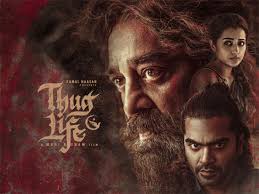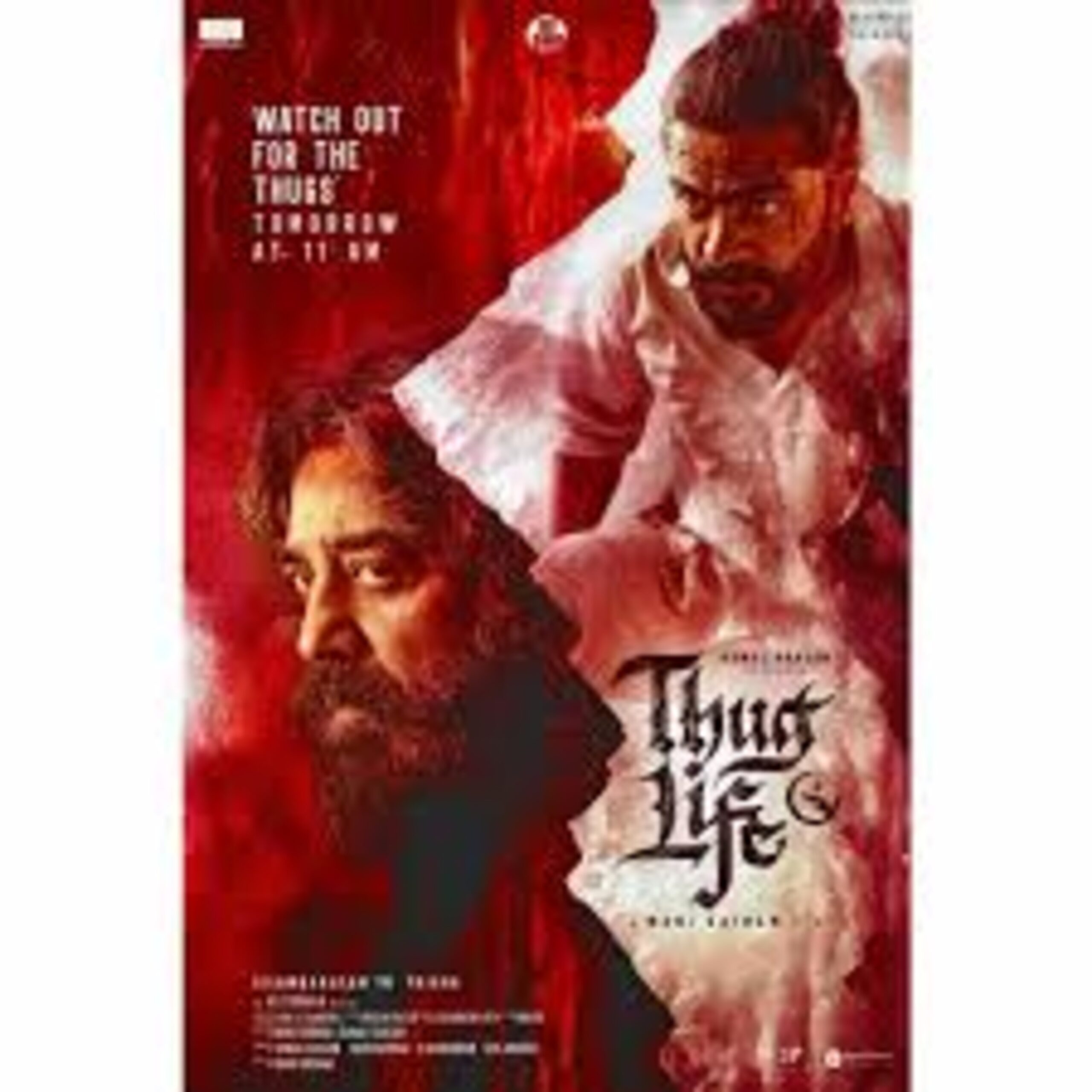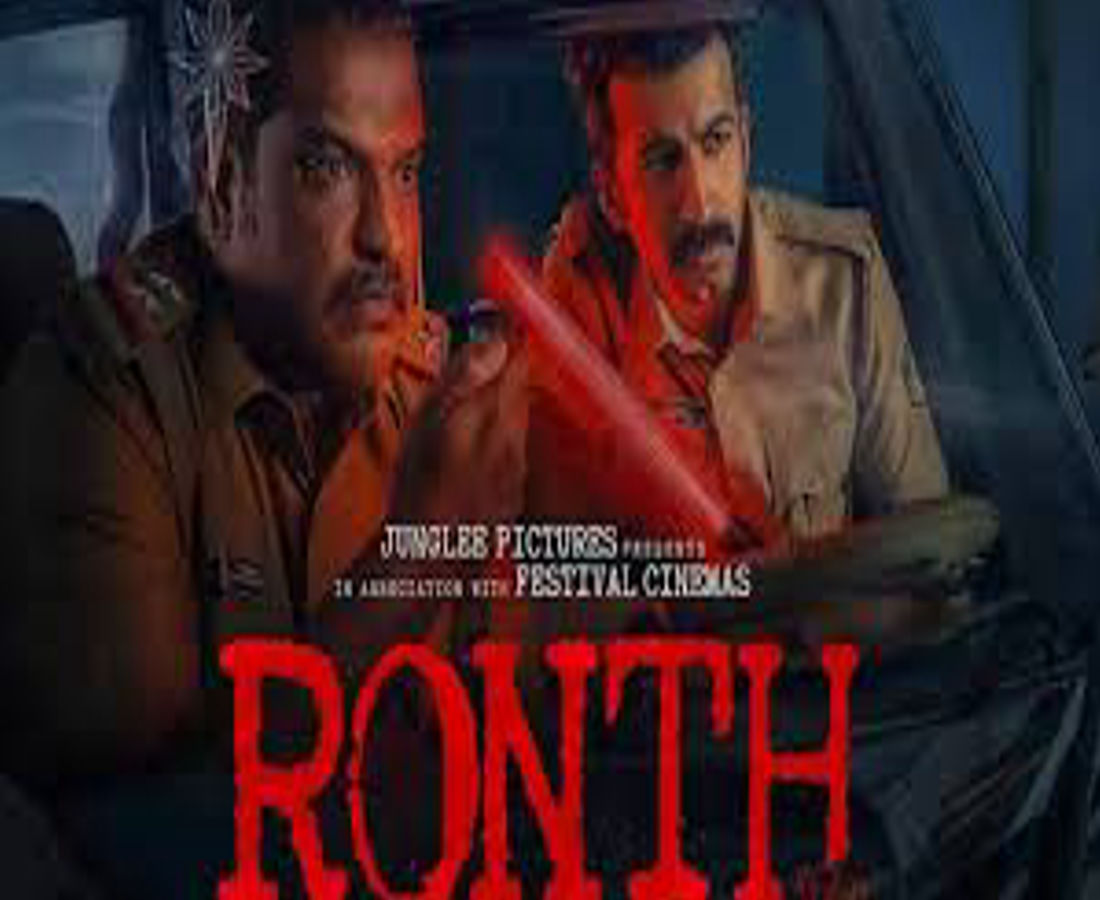
The announcement of Thug Life generated a lot of buzz. The coming together of Kamal Haasan and Mani Ratnam, the latter having directed Nayakan (1987) which revolutionized Indian cinema, was guaranteed to give a hit gangster epic. And now, mix it with an excellent supporting cast of Silambarasan TR, Trisha Krishnan and Abhirami and things really seemed to be looking good. But, despite the enormous potential it boasted, Thug Life is crude around the edges and definitely disappointing, deserving no more than two stars.
The movie has a compelling premise.
The movie starts with a bang as it begins with a gunfight in the old city of Delhi. The movie revolves around violent themes like brotherhood along with loyalty and betrayal. Kamal Haasan, the film’s mafia don, is fiery and cold and this gives the movie an aura of danger and suspense. He steals the show. Silambarasan once again does not disappoint the audience with his angry and electric performance which leaves the audience guessing. The other supporting acts too are of good quality; Joju George brings depth in his moody gangster act and Trisha Krishnan as a mafia wife of a Delhi don and his battered wife is perfect in her stoic dolorousness. Some other supporting actors like Nasser and Rajshri Deshpande might have less screen space but still leave a mark.
But the exciting promise brought in by the opening sequences is lost in no time. With the narrative revolving around power politics, deception, and vendetta, it stumbles after the interval. What starts as a introspective exploration of sibling dynamics becomes a confused mess with a mistress’s flashback, complicated family politics, and other subplots as sinking plot devices. Sadanand’s rival gang, introduced by Mahesh Manjrekar and Ali Fazal, is already weak and fails to resuscitate the stale storyline.
Thug Life does bear an unmistakable hallmark of Mani Ratnam’s masterful hand but leaves somehow wanting in the narrational power.
On the technical side, the movie performs very well. Thug Life demonstrates Mani Ratnam’s signature brilliance by infusing his creativity into it. Kamal Ravi Chandran’s wacky cinematography of the underworld looked very gory, but beautiful, while A Sreekar Prasad brings rhythm in the movie through his editing in the movie’s brighter scenes and provides it with an overall polished look. All of those technical aspects do shine, but it’s no secret that the movie falls short in the aspect of essential stubbornness and life, which remains its focal flaw. The premise, though slightly interesting, cannot revitalize its audience throughout a near three-hour runtime, compelling viewers to endure what is meant to be the emotional depth, knots of coherency, and breath-taking storyline of Ratnam’s work.
Coming Up Short on a Legacy
We must consider the context of Thug Life directed by Mani Ratnam with each of his works; it will always and forever fall short of anything as grandiose as Nayakan or Ponniyin Selvan. This is the director’s first work with Kamal Haasan since Nayakan and even the thinnest shadow of that legacy cannot be ignored. Where Nayakan provided raw emotion and storytelling, Thug Life feels and looks like a pale copy of a magnificant sequal that baskes in its predecessor’s glory.
A Missed Opportunity In the end, the film Thug Life was released more rusty and less alive than it might have been. Kamal Haasan and Silambarasan TR’s acting and directing were excellent. But a broken storyline with no heart makes it a strange Mani Ratnam film with no continuity. The few real parts scattered throughout provide die-hard fans of the Indian cinema icon some hope but ultimately bear no fruit for those confused by an effort to understand a cohesive story.





